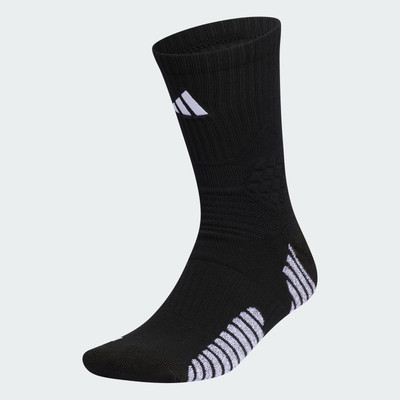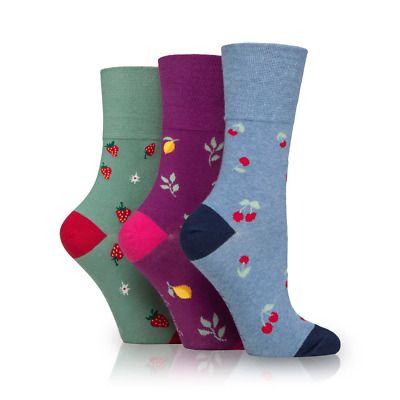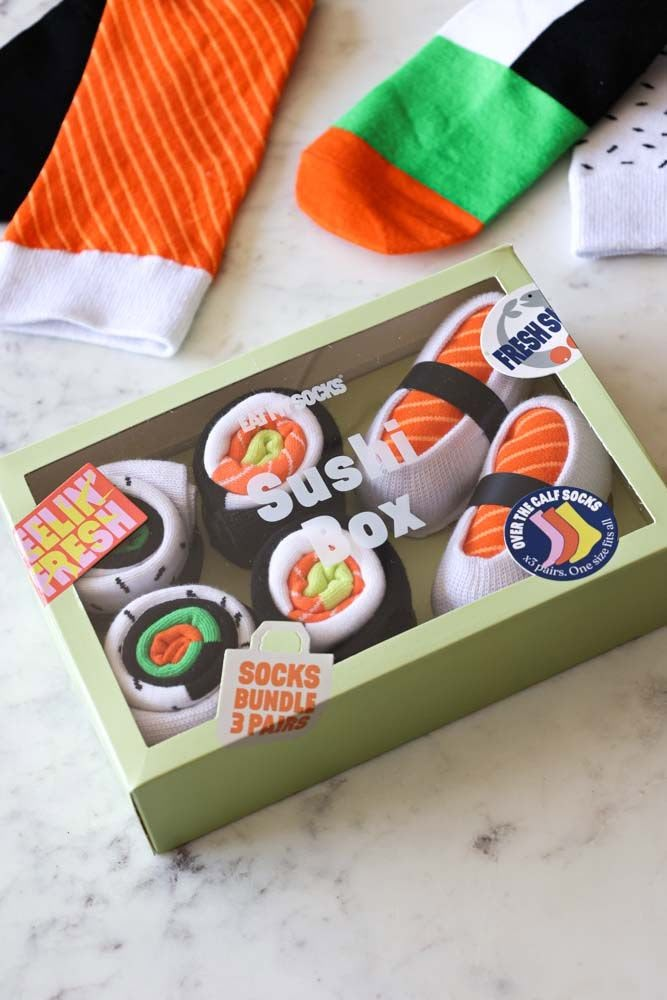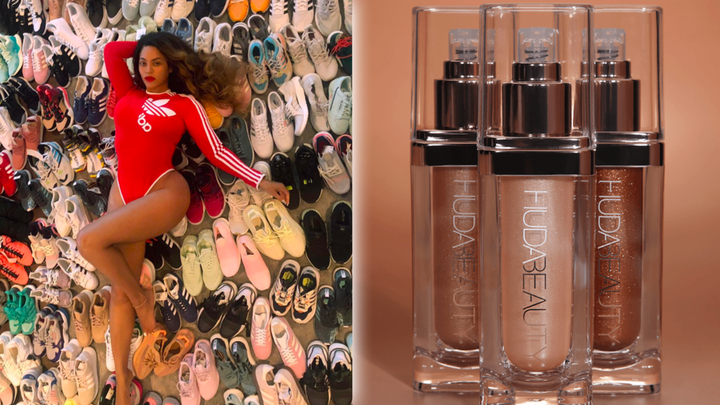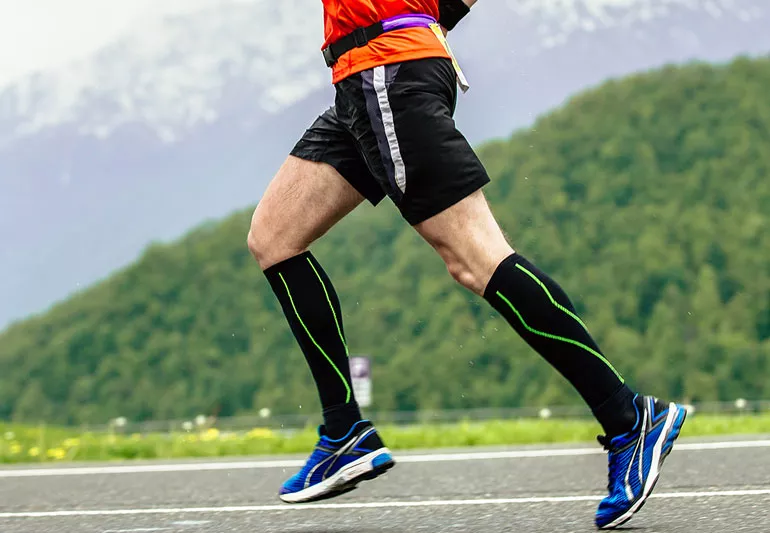The 4 Best Black Tights for 2025
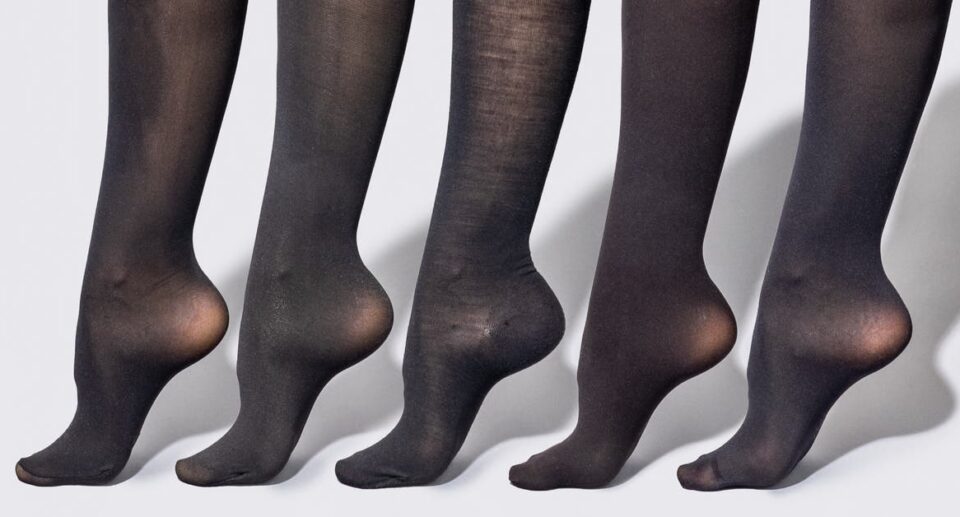
Tights by any other name would be … sheers, opaques, stockings, pantyhose, or even leggings. For this guide, though, we defined tights as stretchy, pull-on foot-and-leg coverings that are worn under dresses, skirts, or pants, but never alone. Even within our narrowed definition, the options in terms of price, flexibility, translucency, and fabrication were seemingly endless—the search term “tights” drew up more than 10,000 results on Amazon. As such, there was no way I could test them all for you. So we put more parameters in place.
For starters, I considered only opaque tights that were between 50 and 150 denier, the unit used to measure a fabric’s weight and thickness. Tights usually range from 5 to 200 denier. Sheers fall below 40 denier, and anything above 200 tips into leggings territory. The 50- to 150-denier range accounted for tights that were warm, dark, and less prone to tearing than those with a lower denier.
I started my search looking at brands and models that my interviewees and colleagues recommended. From there, I also investigated the top sellers on Amazon and at department stores, read tights roundups from other publications, and took note of repeat selections with stellar online reviews. Finally, I called in 20 pairs of tights to assess myself, including tights with a control top, two cotton and wool blends, a few under-$15 pairs, plus some higher-end $50-and-up pairs. I also looked for tights that come in a wide range of sizes. Disappointingly, few brands offer sizes above XL. I ruled out any pairs that maxed out at size L, and I prioritized those that went up to at least 2XL.
To evaluate those first 20 pairs of tights, I tried on each to get quick impressions of comfort, fit, durability, and appearance. I eliminated one pair for an uncomfortable crotch seam and nixed another that had a useless control top. I was left with 10 pairs of tights to be further assessed, including our five-person panel. Our group was comprised of women of different heights and sizes: 5-foot-2 and typically a size 0 or 2; 5-foot-5 and typically a size 2; 5-foot-3 and typically a size 12; 6 feet and typically a size 12; 5-foot-1 and typically a size 2 or 4; and 5-foot-9 and typically a size 2 or 4. We recognize that this panel lacked plus-size, male, and nonbinary people, but we hope to test on a greater variety of bodies in future updates.
The panelists were instructed to wear each pair for a minimum of 20 minutes of walking, sitting, and standing. Afterward they washed and dried them according to individual care instructions. Then they wore the tights for an additional 20 minutes, paying special attention to any changes after they were washed and dried. Our testers rated each pair in the following categories:
Comfort: We looked for tights that felt smooth and snug, without constriction or digging seams, especially in the legs and gusset (the fabric insert between the legs). I asked panelists to note if any component of the tights (toe seams, waistband) rubbed uncomfortably against the skin, whether the fabric was itchy or soft, and whether any part felt overly constrictive. Tirzah said high-waisted tights were less likely to dig into her waist while she was sitting in a wheelchair. This sentiment was shared by our tester who had recently undergone a cesarian section. So we paid special attention to where the tights hit on the torso.
Wearability: Not all tights are easy to put on. We kept note of how much shimmying and pulling each pair required, and whether acrobatics were needed to remove them. The delicate balance between being constrictive enough to comfortably support one’s stomach and flexible enough to pull off without sweating was especially relevant for control-top models.
Durability: Ripped tights may have their occasional moment in fashion, but most of us want our tights to remain in one solid piece for as long as possible. We paid attention to how easily each pair snagged or ripped. We wanted tights that could stand up to fingernail scratches, walking on carpet, and rough calluses.
Stretch: A good pair of tights should stretch and move with the body—without losing shape, sagging, or bagging out. We paid attention to how each pair performed before and after wearing and washing.
Warmth: Since one of the main reasons people wear tights is to stay warm, we compared the warmth of each pair. We also noted whether they caused overheating and sweating, or if they felt breathable or flimsy.
Appearance: In addition to feeling good, tights have to look good. Of course, looking good is subjective, but overall our panelists didn’t like it when tights were shiny, when the knit was noticeably uneven, or when seams created a muffin-top appearance. Our panelists took stock of how each pair looked on their bodies. And they considered whether or not each pair was something they would actually wear.
After narrowing down a list of five top-ranked tights, I conducted a final durability test. I continuously scraped each pair for one minute against a rough brick surface. And I tried to catch the tights in a zipper by running each pair through the zipper 10 times.


